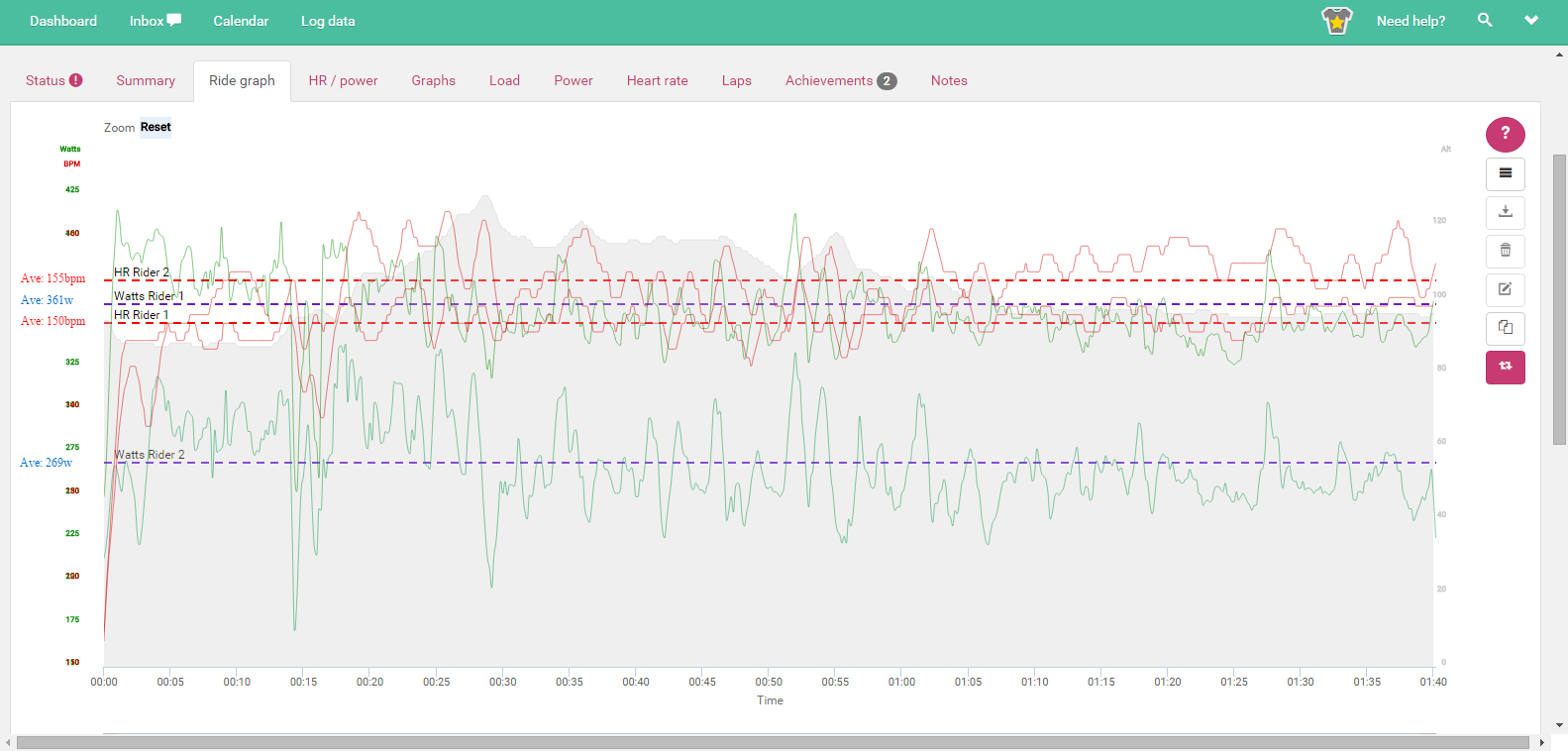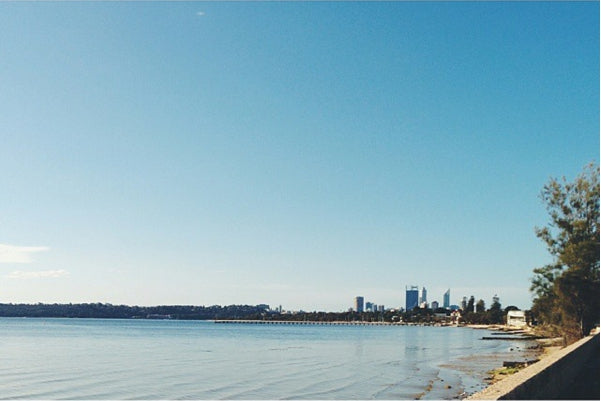INTERVIEW: AIRHUB TRAINING WITH A PRO
ITS NOT OFTEN YOU GET TO TRAIN WITH PROFESSIONAL ATHLETES, BUT WHEN YOU DO IT IS NORMALLY QUITE HARD TO KEEP UP.
Summer in Australia is the time for building a big base. We caught up with a pro rider in mid-December for his time back in Perth and took him for a ride on the AIRhub.
This rider had used one of our prototype hubs all season in Europe and is now back in the lead up to his classics campaign. Unfortunately, we can’t tell you his name as we are still working through sponsorship arrangements with his team.

Michael: “Congratulations on a great season of racing, you've been using one of our prototype hubs for about a year now. How did you find the AIRhub in your time over in Europe?”
Pro Rider: “It was good, it really allowed me to hit targets during efforts and ride with partners I normally wouldn’t. Having a hub during the classics season helped me make the most of my time there. ”
MF: “Now that you're back in Australia how do you use the AIRhub?”
Pro: “The AIRhub is an essential part of my training, I use the hub to create an environment similar to a training camp. Spending lonely weeks on the side of a mountain getting in hours of tempo climbing is no longer needed. You can do this at home with your family and friends. Your mental happiness is as important, if not more important, than your physical. Enjoying training is an important part of peak performance.”
MF: “That’s an interesting way of looking at it. So what’s on the cards today?
Pro: "Today we have 2x 1hr 40min tempo sets with 10 minutes recovery between each”.
MF: “Wow that’s huge, and a little bit scary because I'm joining you today. Where would you normally do this in Europe?”
Pro: “Luckily I live in a mountainous area. We would usually do this on a climb around my home in Spain. For an effort this long it's unlikely I would get even half the effort in on the climbs near my house so I would have had to compromise by doing the first effort on the flat then heading up the climb for the rest of the effort.”
MF: "Great, alright, let’s head out. First we'll use the hub on 0.05 CdA, this should give us about 27w at 35kmh, let’s see how that goes.”
We set off down the bike path. This pace was very intense as my Pro partner was trying to drive his heart rate up. I couldn’t ride this hard and could see myself fatiguing within 20 or 30 minutes at this pace so I asked him to increase the resistance on his hub. (From post ride analysis I now see that he was riding at 400w for the first 20 minutes to get his heart rate up to 150 beats per minute. i was only doing 30w less than him at this point and it was quite a struggle.)

MF: “Hey mate, do you mind bumping up the resistance a little, I may not last the whole ride at this pace.”
Pro: “Sure!”
He whips out his phone from his back pocket and dials up the resistance. He bumped the resistance to 0.16 CdA. This should give us about 75w at 35kmh.
Phiew. The pace instantly relaxed. My heart rate started to drop. This was a much more comfortable pace.
Tempo is the type of effort where you are riding hard and fast but are still able to talk. We had a good chat on the ride out. Classics racing, season goals, training techniques, even the cricket got a mention. The reduction in speed really helped, not just for me, but for the ride in general. Riding 5 to 10kmh slower than you normally would allowed us to be a little more relaxed on the bike - take in the scenery a bit more. Potholes and cracks are easier to avoid, and it’s safer to react to people or vehicles coming from side streets; obstacles don’t jump out at you anymore and there's much less of a risk of something going wrong.
MF: “How did we go for that effort?
The pro peels back the piece of tape covering his SRM.
Pro: “357w. Not bad” he says with a smirk
The tape is there to keep his mind focused on the goal. The goal today was to maintain 150bpm. By holding a heart rate target and not a power target you best reflect the whole body in an effort this long. As the body gets more tired and more fuel is burnt, power output reduces while heart rate increases. This is called cardiac drift. The team coach has been monitoring Cardiac drift for this session for a number of weeks. Each week the pro gets fitter, his cardiac drift will reduce. When the cardiac drift is below 8% for the session it is time to stop tempo rides and move into a higher intensity block.
We averaged 32kmh for this effort. An incredible pace seeing that my pro friend averaged almost 360w. 32kmh is quite a normal riding speed. Tempo riding can become a bit white knuckled at times as most of your mental energy goes into dodging traffic and not crashing rather than producing the correct power for training. Normally this much power would have you riding close to 50kmh. By using the AIRhub the whole ride became massively safer, not just for us, but other bike path users too.

We made it through the first set of 1hr40min and stopped to fill up our bottles at the petrol station 60km south of Perth. We only we allowed 10 minutes recovery before we started the second tempo set back to the city. My pro partner isn’t one to mess around. He was here because he had a job to do, 10 minutes on the dot we started the second effort (however it also could have been because he was behind schedule to get to an Indi Music Festival that he had tickets to.)
The second leg went off without a hitch, it was a slight tailwind back to the city along the bike path and really safe the whole way, our average speed was only 35kmh. There wasn’t much talking going on this time. Ipods were in. Meditation state activated. The heat and the length of the session really started to get to us. This became evident as we hit the river and were overtaken by a furry legged weekend warrior. I didn’t dare look across to my partner who had burnt close to 4000 calories in 3.5hrs by this point.
We finished the effort a few Kms from the city.
Pro: “Mate, that was epic. I’m wrecked. If you hadn’t have been there I probably would have pulled the pin with 30min to go.”
We can see the difference in power of the first effort below.


There was a massive 92w difference in power while riding together at the same speed. My heart rate was only slightly higher at 154bpm compared to his 150bpm, however as the pro rider started to rip through his glycogen stores and use energy at over 1200 Calories per hour his heart rate began to drift. I would ride at an average of 149bpm for the second set compared to his 151bpm.
Have a look at the Todays Plan ride summaries below:


This athlete is now on a month long altitude training camp preparing himself for the European season. Having just raced TDU we can say that this training in late December was a great preparation for that race and the upcoming season.
Good luck to all riders for the year ahead. Keep training hard!
